Fleet boss Maurice Elford made software a priority when joining L&Q. He is now a double Fleet News Award winner.
Three years ago, Maurice Elford, fleet manager at housing association L&Q, was busy drawing up a strategy which included three priorities: fleet software, accident management and risk management.
Elford was just four months into the job, having previously been group fleet manager at Royal Bank of Scotland (RBS), where he was responsible for a fleet of more than 4,000 company cars (the majority of which were on a salary sacrifice scheme).
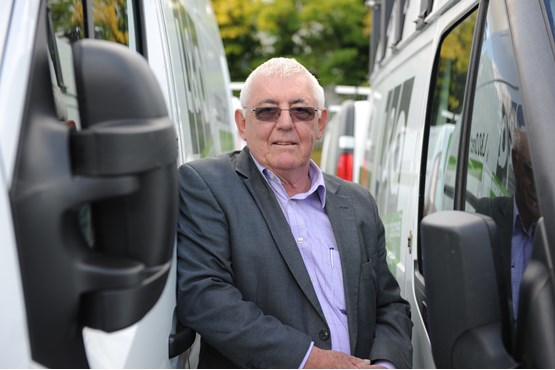
READ MORE: Fleet News Awards 2017- Fleet of the Year - up to 250 vehicles: London & Quadrant Housing Trust
Following redundancy at RBS, Elford took a year off but was tempted back to fleet management when L&Q created a role for a full-time fleet manager.
The housing association, which owns and manages more than 90,000 homes across London and the south east, had decided to bring property maintenance in-house to get better control of cost and service.
It ran a pilot scheme with 20 vehicles on two-year leases in 2013 and when Elford joined in May 2014, the fleet had grown to 63 vehicles (16 cars and 47 vans).
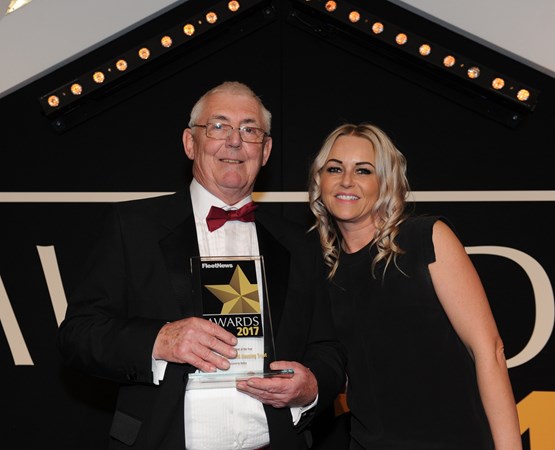
READ MORE: Fleet News Awards 2017: Most Improved Fleet of the Year - London & Quadrant Housing Trust
It has since expanded to 260 vehicles (20 cars and 240 vans).
Being in charge of a fleet that is predominantly vans and job-need vehicles rather than perk cars was initially a culture shock for Elford.
“Suddenly I was confronted with these white things with a wheel at each corner and no windows at the back, having dealt with cars all my life,” he says.
However, Elford has relished the challenge, earning L&Q two Fleet News Awards earlier this year: Fleet of the Year – up to 250 vehicles (which it qualified for at the time) and Most Improved Fleet.

The first of his priorities (fleet software) was achieved relatively quickly, with Elford appointing FleetCheck, following a number of recommendations.
“I knew it (fleet growth) was coming down the track so getting fleet software in place was really important,” he says.
FleetCheck has the added benefit of an app which drivers use to perform vehicle walk-around checks.
“The driver has to record the tyre tread depth and if they put in 3mm it flashes up on our system,” Elford explains.
“Similarly, if they input a defect it flashes up on our system. Sometimes it’s a chipped windscreen or a ding in the driver’s door but if a warning light has come on in the vehicle we can act on that straight away.”
Defects are largely managed by fleet assistants Stacey Leigh and Danielle Pettitt, who joined the team as result of fleet expansion.
Fleet management software has meant that L&Q’s fleet data is all in one place, making it easier to maintain records for MOT testing, driving licence checking, insurance checks and so on.
“We have one system that has got everything,” Elford says.
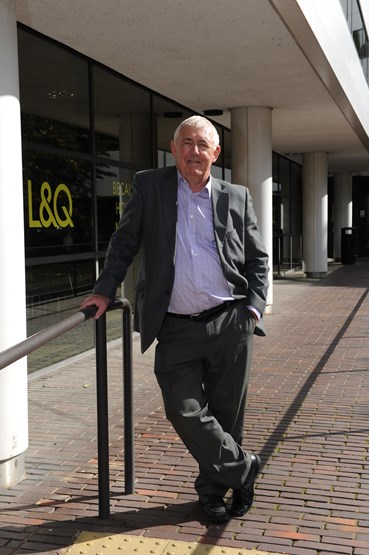
He handled his second priority (accident management) by outsourcing to L&Q’s lease provider, Lex Autolease. This has reduced the administrative burden and meant that both bent metal costs and third party capture are managed effectively.
All vehicles are on contract hire with maintenance agreements as it allows L&Q to invest money in new housing rather than depreciating metal.
Cars are leased over three years while vans are now leased over five years.
Elford says: “After being at L&Q for a few months I rescheduled vehicles that were on the original two-year contracts to three-year contracts and then rescheduled the existing fleet and anything we’ve done since on five-year contracts because our mileage is quite low for vans.
"That has saved us £300,000 over four years.”

He has also adopted “a more scientific” approach to the way vans are kitted out.
Instead of ordering them with racking included in the lease rental (as L&Q did previously), he has chosen to buy the racking, enabling it to have a second life, and has tailored the vehicle and fit-out to the specific job-function, recognising that a plumber’s requirements can be different to those of an electrician.
“The principle aim was to get the best vehicles for the job so we talked to drivers about what was best for them,” he says.
“Two things I learnt very quickly was the standard length of a kitchen work surface and the length of copper pipes is three metres, and the width of a standard bath is 700mm so when we fitted the plumbers’ vans out because they have got racking both sides we had to check that the gap between the two was 700mms.
“We now have 12 combinations of vehicles and fit-outs so we have specifications for electricians, plumbers, uPVC window repairs, multi-trade carpenters, ground-workers, roofers and so on.”
Vehicle specification is not the only thing Elford has had to get to grips with.
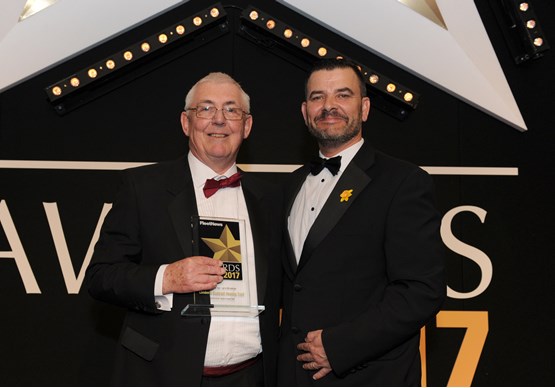
“Vans are very different to cars, there are different priorities,” he says. “Downtime for me was never an issue . If your car was off the road it was off the road, tough. But here downtime is the number one priority.”
Planned downtime is managed by using hire vehicles or swapping drivers into spare vehicles at the company’s main office at Sidcup in south-east London.
Wherever possible, through Lex Autolease, L&Q also uses mobile servicing.
“They come to us at a booked time – generally 8am,” Elford says. “Our driver pitches up at the same time, goes and does their e-learning and an hour and half later it’s all done and they’re on their way.”
Elford has also begun using independents locally rather than franchised dealers which means a vehicle may be booked in for a service in two-to-three days rather than it taking two-to-three weeks.
This has not caused any issues with Lex Autolease, provided the independent is on the 1link Service Network.
“One of the local garages we use, Smart Garage Services, is run by a charity to help get disadvantaged people back into work,” Elford says.
“I got introduced to them because our chief executive spent a day with their chief executive. We’re a registered charity so we like to support other charities.”
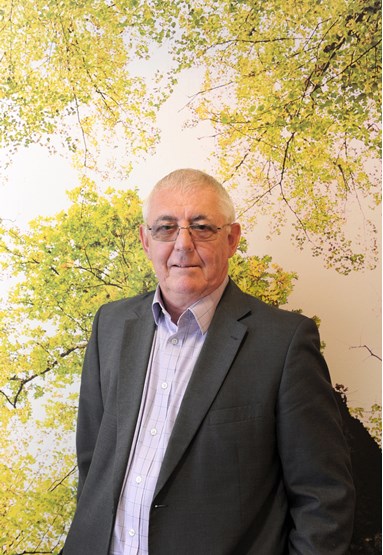
Elford’s third priority from his initial fleet strategy (risk management) is still work-in-progress but he has made great strides after appointing a telematics provider last year.
“We’ve seen a 16% reduction in our insurance claims between April and July this year versus last year so it’s beginning to pay for itself,” Elford says.
There has also been a significant reduction in engine idling.
“Back in January this year our idle time for a week was 500 hours, now it’s down to 120,” Elford says.
“We don’t expect to maintain that over the winter because the guys working outside will sit in the van and run it to get warm again but the van burns roughly 1.2 litres of fuel an hour idling so that has saved us 456 litres a week.
"So fitting telematics just to drop the idling and reduce CO2 emissions is really significant.”
Drivers are emailed their individual scorecard from the telematics system on the first day of every month.
It shows them the past two months so they can see whether they have improved or not. A summary report is also sent to managers.
“Some of the top performers are getting better because they want to improve on the previous month or they are on the same team and one is only a point behind the other,” Elford says.
“Those at the top who score ‘green’ every month have clearly bought into it.”
One of the offices outperforms the others but Elford thinks this might be due to the type of journeys the drivers do. It’s one of the reasons he is reluctant to introduce a reward or incentive scheme.
“I blow hot and cold on incentives,” he says.
“Why should I reward you for obeying the law and doing what you should be doing? It would incentivise those already at the top, but would it incentivise those at the bottom? I doubt it.”
Elford is now at the stage where is reviewing the next part of the fleet risk programme: online assessments, which will be used to determine what level of risk drivers are and if any are ‘high’ risk what the reasons are so that can be addressed.
“I have an ambition that when all our craftsmen and women are asked what their trade is they will say: ‘…and I am a professional driver’. But we’ve got some way to go to achieve that yet,” Elford says.
First pure electric vehicles to go into service soon
L&Q will soon operate its first pure electric vehicles, with two Nissan e-NV200 vans set to join the fleet in November, following a successful trial.
The vans will be used by L&Q’s caretaking service which is responsible for keeping estates clean and tidy, and will operate in Hackney and Elephant & Castle in London.
“The drivers who tried it in Hackney loved it so we don’t have to convince them,” Maurice Elford says.
The vans will do around 10 miles per day and will be charged up overnight.
Just under half (44%) of the car fleet of 20 cars is hybrid and Elford would like to see this number increase and for pure electric vehicles to join the car fleet.


















Login to comment
Comments
No comments have been made yet.